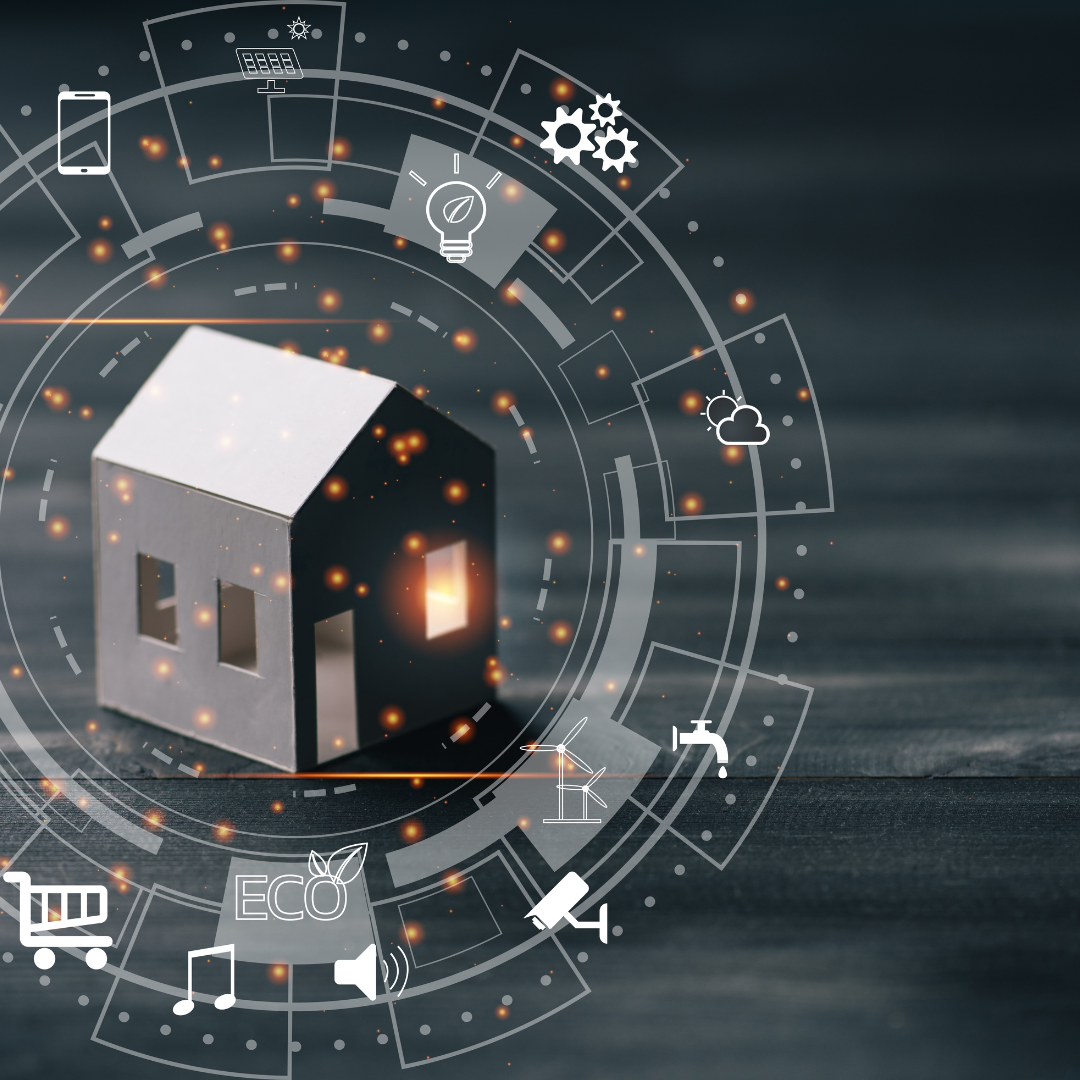Do you want to learn more about GNET ?
Click on the button below and download the guidelines for moderators to host debates.

Buildings are a cornerstone of modern living but are also among the biggest contributors to climate change, accounting for 40% of U.S. energy consumption and one-third of global carbon dioxide emissions. With the urgent need to reduce emissions, smart buildings have emerged as a promising solution. These buildings use advanced technologies, such as smart thermostats and automated systems, to optimise energy efficiency and reduce environmental impact.
However, as these systems become more sophisticated, questions arise: Are smart buildings the key to sustainable living, or do they present challenges in terms of privacy, cost, and dependency on automation?
The Case for Smart Buildings
Energy Efficiency and Cost Savings
Smart buildings leverage automation and data-driven decision-making to optimise energy use. For example, smart thermostats, such as the one developed by researchers at MIT and Skoltech, use reinforcement learning algorithms to adjust temperatures dynamically, significantly reducing energy waste in HVAC systems, which account for nearly half of a building’s energy consumption.
Rapid Advances in Technology
New methods, like manifold learning, make these systems more data- and computationally efficient. This means they can learn optimal energy-saving behaviours within a week, addressing a common barrier to implementation — the slow data acquisition process.
Broader Benefits
Beyond cutting emissions and lowering costs, smart buildings can improve occupants’ productivity and health by maintaining optimal microclimates and air quality. They also offer scalability, with the potential to apply similar algorithms to other fields like autonomous vehicles and robotics.
The Challenges
Cost and Accessibility
Developing and installing smart building technologies can be expensive. Can small businesses, landlords, or homeowners afford to adopt these systems widely, or will they remain the privilege of larger organisations and wealthier individuals?
Privacy Concerns
Smart buildings rely on collecting sensory data such as occupancy status, temperature, and air quality. How can we ensure this data is stored and used securely without infringing on occupant privacy?
Reliance on Technology
With systems that require minimal user intervention, are we risking overdependence on automation? What happens when these systems fail, or when computational resources are unavailable or insufficient?
Environmental Trade-Offs
While smart buildings save energy, their systems depend on high-tech components and cloud computing, which have their own carbon footprint. Does this create a new layer of environmental challenges?
Scalability and Real-World Impact
Can smart building technologies, such as the algorithms developed by MIT and Skoltech, be implemented at scale across diverse settings and older infrastructure? Or will their impact remain limited to new, high-tech constructions?
Smart buildings represent a promising avenue for reducing energy consumption and emissions, with innovations like smart thermostats making significant strides in efficiency. Yet, these advancements bring complex questions about cost, accessibility, privacy, and reliance on technology.
As the world seeks solutions to the climate crisis, the debate around smart buildings highlights the balance between innovation and practicality. Are they the future of sustainable living, or do we need to approach their adoption with caution? This discussion is critical as we consider how to design the cities and homes of tomorrow.
Can the Tech Industry Ensure Truly Sustainable Solutions?
Are Smart Buildings a Universal Solution or a Luxury?
Is Automation in Buildings a Step Forward or a Step Too Far?
Let us know your thoughts.
Reference: https://news.mit.edu/2020/making-smart-thermostats-more-efficient-1218
You must be logged in to post a comment.








Click on the button below and download the guidelines for moderators to host debates.
The blog post effectively outlines the potential benefits and challenges of smart buildings. While they offer promising solutions for energy efficiency and sustainability, concerns about cost, privacy, and reliance on technology must be addressed. A balanced approach that prioritizes human-centric design and environmental impact is crucial for their widespread adoption.
I believe that the construction of smart homes equipped with technologies that reduce energy waste represents a sustainable and essential solution to combat pollution. In fact, although the use of technological products has a certain environmental impact, this is offset over time thanks to savings in electricity and heating resources. Furthermore, despite the high initial costs, these expenses are amortized over time through reduced utility bills. With the various incentives offered by governments, I think this could become a universal and accessible solution for everyone. I also believe that the time is not far off when homes will be fully automated, adopting increasingly intelligent solutions to prevent the waste of resources and energy.